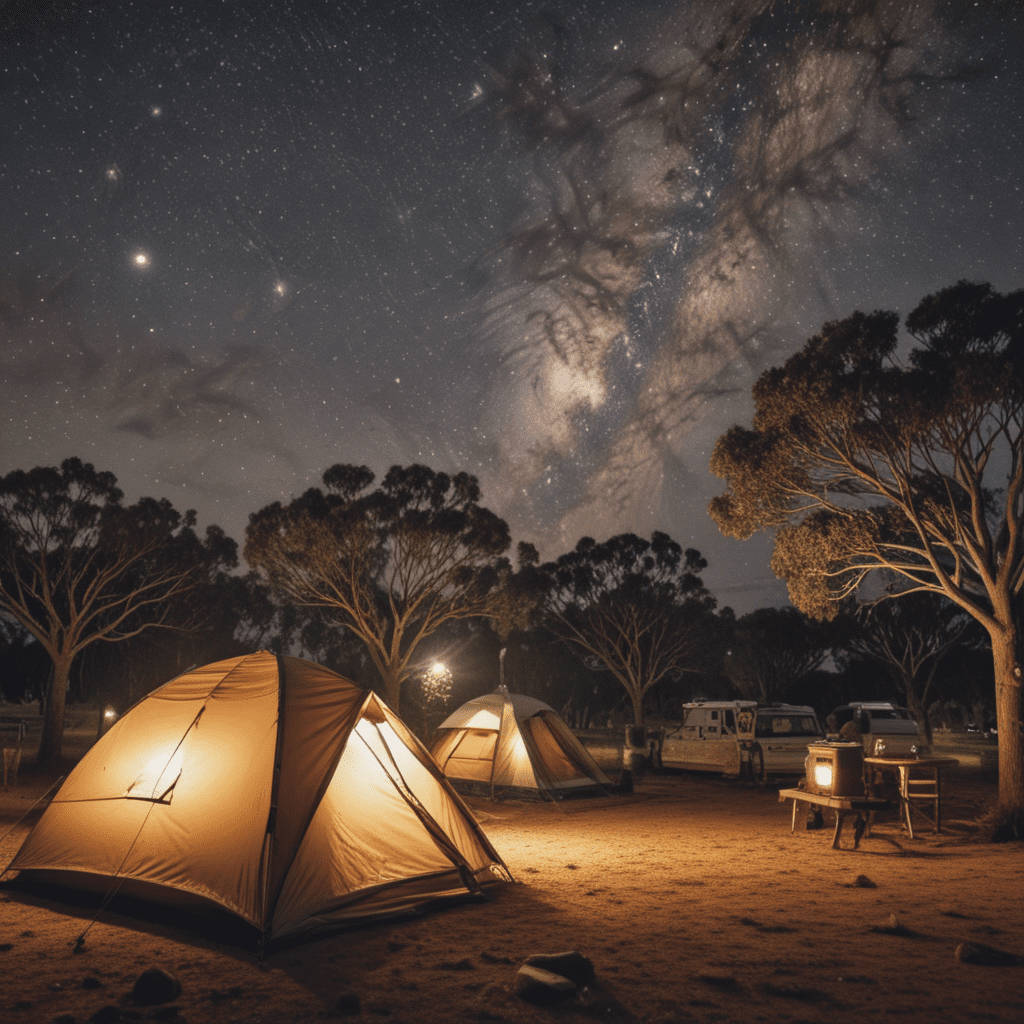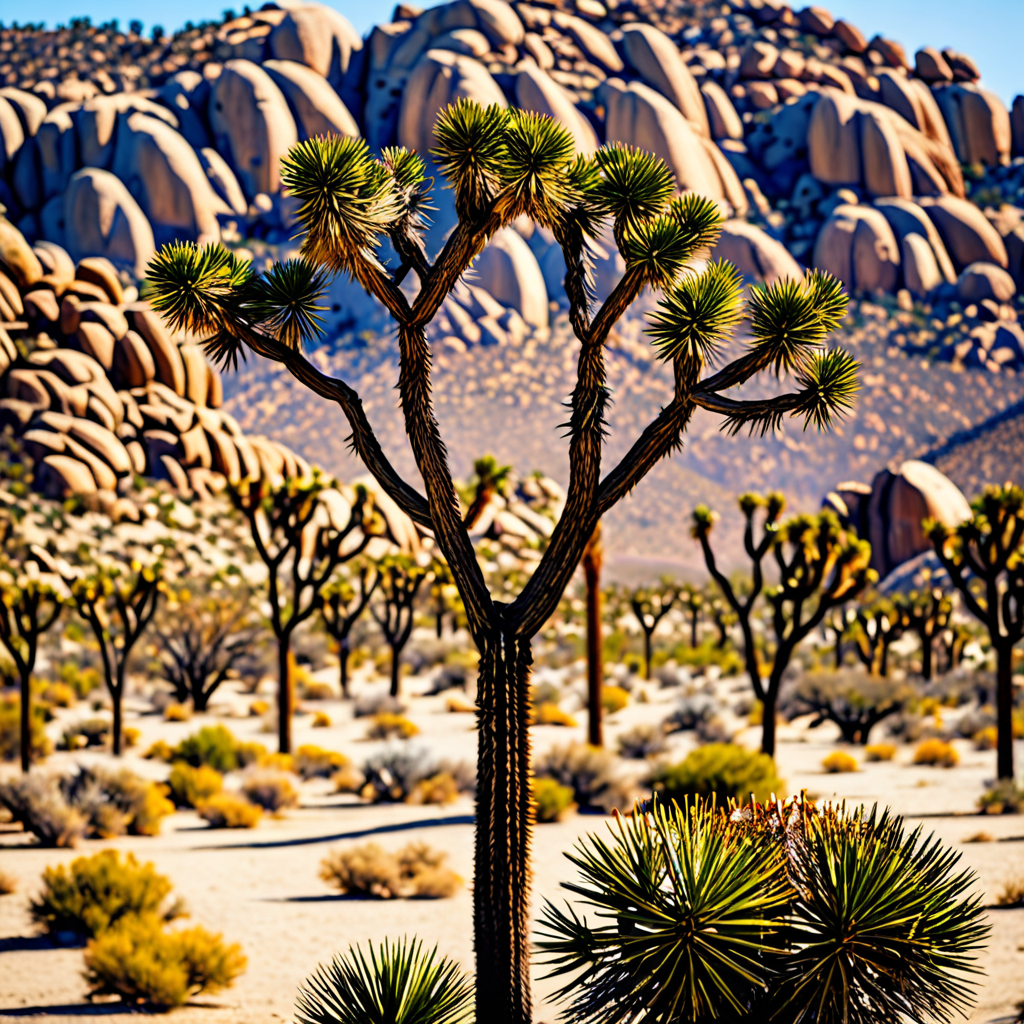
1. The Vast and Enchanting Outback: A Stargazer's Paradise
The Australian Outback, a boundless expanse of rugged landscapes, ancient rock formations, and untamed wilderness, beckons adventure-seekers and stargazers alike. With its minimal light pollution and crystal-clear skies, the Outback offers an unparalleled opportunity to witness the celestial tapestry in all its glory.
The vastness of the Outback creates an illusion of boundless space, allowing the Milky Way to stretch across the heavens like a celestial river. The absence of urban lights allows stars to shine with unparalleled brilliance, revealing constellations and cosmic wonders invisible in light-polluted areas.
2. Planning Your Outback Adventure: Essential Gear and Preparations
Embarking on an Outback camping expedition requires careful planning and preparation. Essential gear includes a durable tent for shelter, a sleeping bag and pad for warmth and comfort, and a water filtration system for safe drinking water.
Packing layers of clothing is crucial, as the Outback experiences extreme temperature variations. Headlamps or flashlights are essential for navigating at night, and a first-aid kit and emergency supplies provide peace of mind.
3. Selecting the Perfect Campsite: Serenity and Stellar Views
Choosing the ideal campsite is paramount for maximizing your stargazing experience. Secluded locations away from roads and settlements offer darker skies and fewer distractions. Elevated areas provide unobstructed views of the horizon, ideal for capturing panoramic shots of the night sky.
Open expanses offer uninterrupted views of the stars, while sheltered spots protect from strong winds. Consider proximity to amenities like water sources, firewood, and toilets, but avoid campsites near campfires or other light sources.
4. Setting Up Your Camp: Comfort and Convenience in the Wilderness
Transform your campsite into a cozy haven amidst the Outback. Position your tent strategically to maximize ventilation and views. Unpack your sleeping gear and ensure warmth and comfort.
Create a designated area for cooking and socializing. Designate a specific spot for storing food and gear to avoid attracting wildlife. Set up a campfire for warmth, cooking, and storytelling, ensuring safety precautions.
5. Lighting a Campfire: Warmth, Ambiance, and Storytelling
A campfire is an essential element of Outback camping, providing warmth, ambiance, and a gathering point for sharing stories and laughter. Use dry firewood sourced from the surrounding area.
Build a simple fire pit, digging a shallow hole and surrounding it with rocks. Start with small kindling, gradually adding larger pieces of wood. Tend to the fire regularly, adding fuel as needed.
6. Preparing Meals Under the Stars: Rustic Delicacies and Ethereal Dining
Cooking and dining beneath the Outback sky transforms mealtimes into culinary adventures. Embrace the rustic charm and prepare simple, hearty meals that celebrate the flavors of the Australian wilderness.
Fireside cooking techniques open up endless possibilities. Grill meats and vegetables over the campfire, capturing smoky aromas and earthy flavors. Utilize a camp oven for slow-cooked stews and hearty casseroles that simmer in the coals.
Enjoy your meals under the vast expanse of the night sky. Set up a portable table or spread out a picnic blanket. Savor each bite as the stars twinkle above, creating an unforgettable dining experience.
7. Stargazing Extravaganza: Unveiling the Cosmic Wonders
As night envelops the Outback, the celestial tapestry unfolds its breathtaking splendor. The absence of light pollution creates a natural observatory where stars, planets, and galaxies shine with unparalleled clarity.
Use star charts and astronomy apps to identify constellations, planets, and deep-sky objects. Gaze through binoculars or a telescope to witness the wonders of the cosmos. Marvel at the brilliance of the Southern Cross, the ethereal glow of the Magellanic Clouds, and the distant reaches of the universe.
8. Wildlife Encounters: Cohabitating with the Outback's Inhabitants
The Outback is home to a diverse array of wildlife. Embrace the opportunity to observe these creatures in their natural habitat. Be respectful and maintain a safe distance.
Nocturnal animals emerge after sunset, seeking food and water. Keep a watchful eye for kangaroos, wallabies, and possums foraging in the shrubbery. Listen for the distinctive call of owls and the faint rustle of lizards.
Be aware of venomous snakes and spiders. Exercise caution and avoid disturbing wildlife. Report any dangerous encounters to park rangers or authorities.
9. Safety and Precautions: Navigating the Outback's Challenges
Embracing the Outback wilderness requires responsible travel practices. Plan your itinerary carefully and inform someone of your whereabouts. Carry an emergency communication device and a first-aid kit.
Be aware of the extreme temperatures and fluctuating weather conditions. Stay hydrated and protect yourself from the sun with hats, sunglasses, and sunscreen.
Drive cautiously on outback roads and be prepared for rugged terrain and wildlife crossings. Obey speed limits and avoid driving at night.
10. Reflections and Memories: The Enduring Legacy of Outback Camping
As your Outback adventure draws to a close, take time to reflect on the memories you've created. The vastness of the Outback, the brilliance of the stars, and the unique wildlife encounters will stay with you long after you return home.
Share your stories and photographs with others, inspiring them to embark on their own Outback expeditions. Preserve the pristine nature of the Outback by respecting the environment and following responsible travel practices.
Your Outback camping experience will be an enduring source of inspiration and a cherished chapter in your travel journey.
FAQs
What is the best time of year to go Outback camping?
Autumn (March-May) and spring (September-November) offer ideal conditions with moderate temperatures and fewer crowds.
Can I camp anywhere in the Outback?
No. It is essential to select designated campsites to protect the fragile environment and ensure your safety.
What are the most common wildlife hazards?
Be aware of venomous snakes, spiders, and crocodiles. Always maintain a safe distance and avoid disturbing wildlife.
Are there any amenities available in the Outback?
Basic amenities such as toilets, water tanks, and campgrounds are available in some areas. However, it is important to be self-sufficient and carry supplies.
How can I minimize my impact on the Outback environment?
Practice responsible camping principles, such as using designated campsites, packing out all trash, and respecting wildlife and vegetation.


